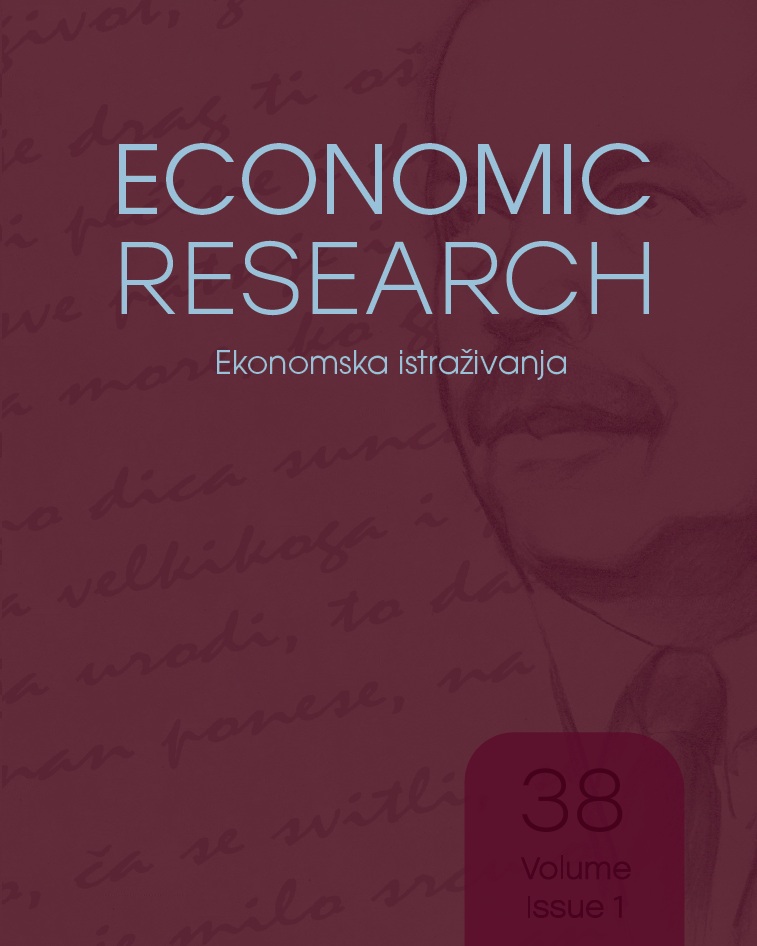Unveiling the impact of ESG Disclosure on Bank Credit Growth: A New Perspective
Keywords:
ESG, credit growth, MENA, non-linear, and oil-exporting countriesAbstract
This study examined the non-linear relationship between environmental, social, and governance disclosure on bank credit growth in the Middle East and North Africa region. It also investigated whether Islamic banks, GCC banks, and oil-exporting
variables affected credit growth. A quantile regression analysis of 394 banks from 11 MENA region countries during 2010-2023 found that the relationship between ESG disclosure and credit growth was an inverted U-shape curve at the lowest quantiles. Then, it became U-shaped at the highest quantiles. The same results showed that for the environmental pillar, the link with credit growth was depicted as an inverted U-shape at the lowest quantiles and then became U-shaped at the highest. However, the relationship between the social and governance pillars and credit growth showed negative and positive effects across all quantiles respectively. Moreover, banks in GCC economies and Islamic banks significantly boosted credit growth. The oil-exporting countries significantly negatively impacted credit growth at the 50th and 75th quantiles, and then the link turned positive on credit growth at the highest quantile. Understanding such relationships will assist bank regulators and policymakers when enforcing specific policies to enhance credit growth in the MENA region’s banking sector.
Downloads
Published
Issue
Section
License
Copyright (c) 2025 Economic research - Ekonomska istraživanja

This work is licensed under a Creative Commons Attribution-NonCommercial 4.0 International License.
This work is licensed under CC BY-NC 4.0. To view a copy of this license, visit https://creativecommons.org/licenses/by-nc/4.0/





